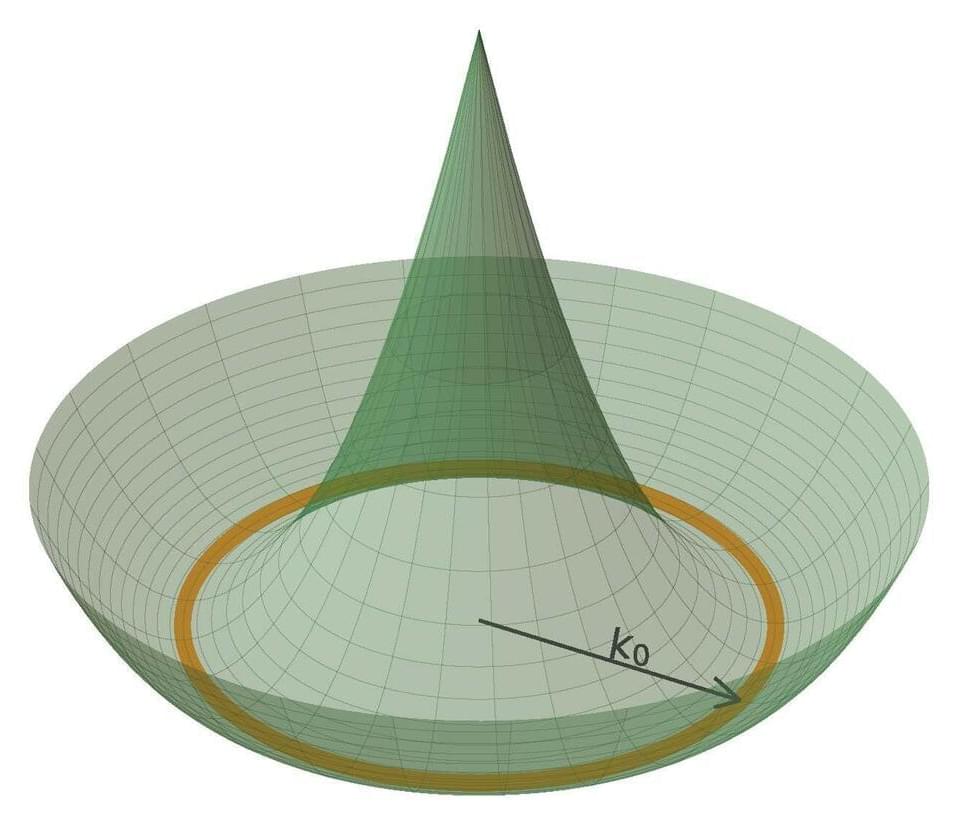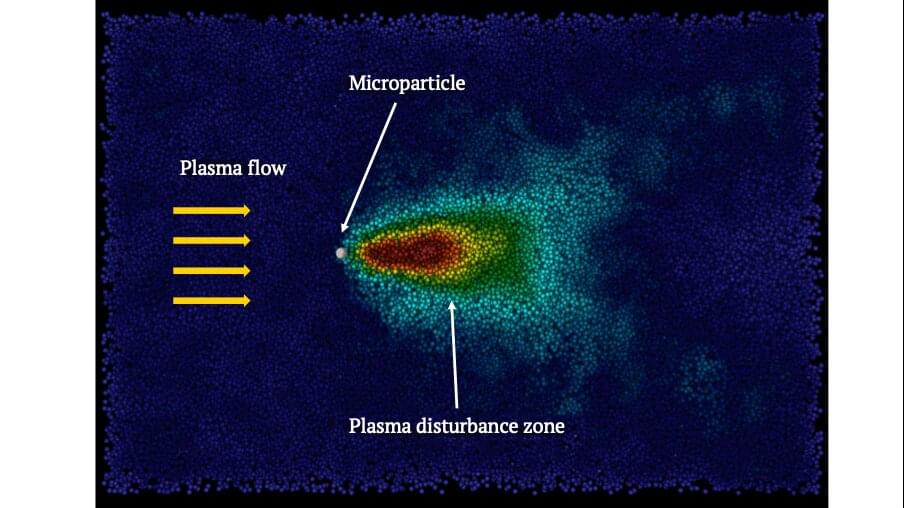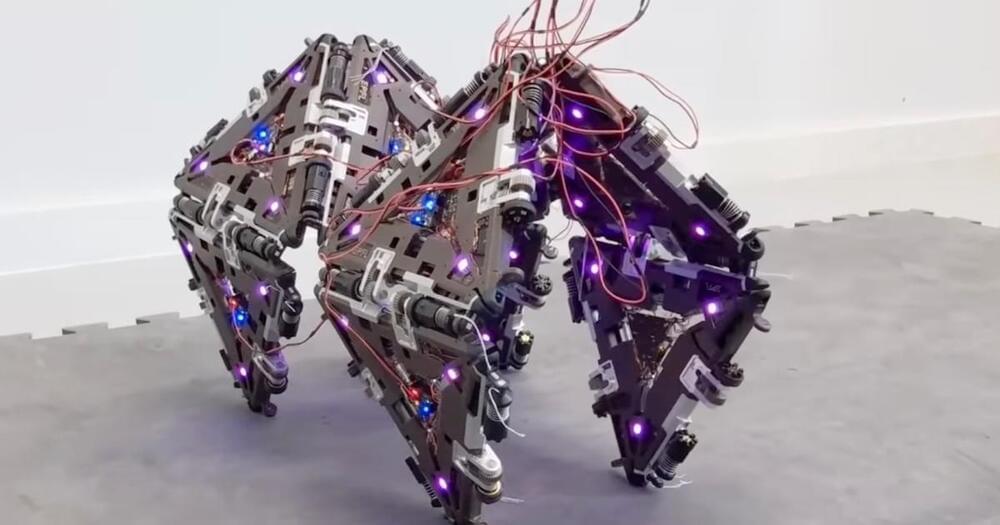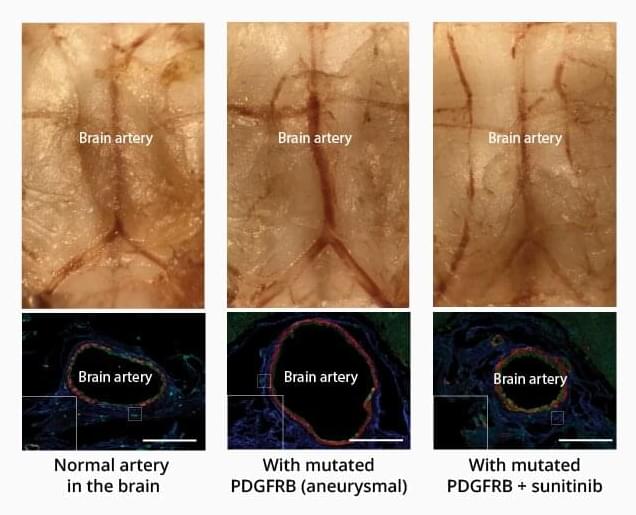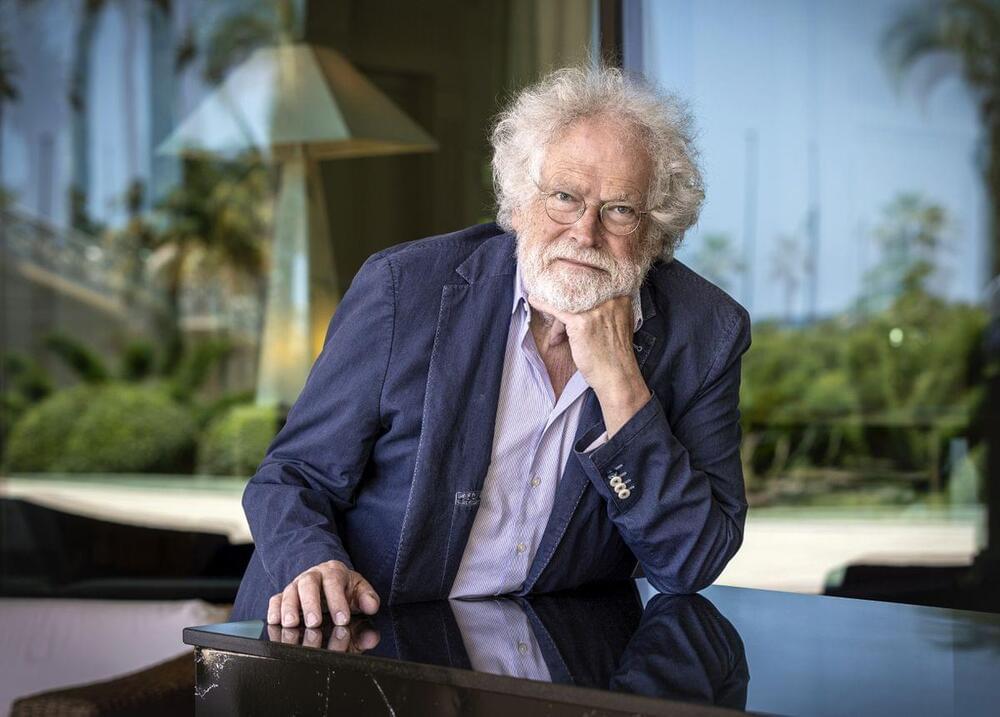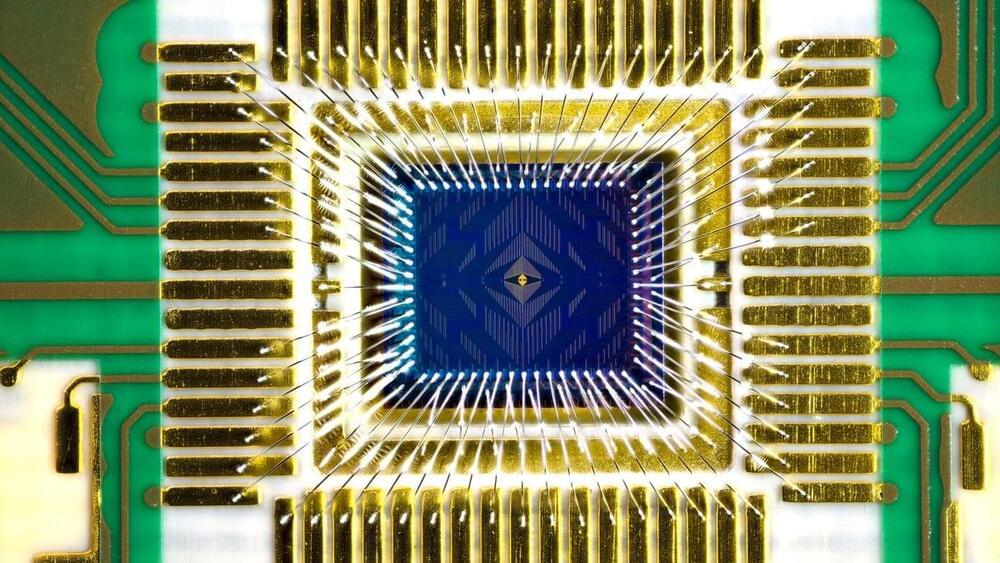Page 1879
Jun 15, 2023
Transformer-based aging clock provides insights into aging
Posted by Shubham Ghosh Roy in categories: biotech/medical, life extension, robotics/AI
Clinical stage generative AI-driven drug discovery company Insilico Medicine has today published a paper on a new multimodal transformer-based aging clock; the new clock is capable of processing diverse data sets and providing insights into biomarkers for aging, mapping them to genes relevant to both aging and disease, and discovering new therapeutic targets to slow or reverse both aging and aging-related diseases.
Insilico calls the aging clock Precious1GPT, in a nod to the powerful “One Ring” in Tolkien’s Lord of the Rings; the findings have been published in the journal Aging.
Longevity. Technology: Insilico has been at the forefront of both generative AI and aging research, and has been publishing studies on biomarkers of aging using advanced bioinformatics since 2014. Later, the company trained deep neural networks (DNNs) on human “multi-omics” longitudinal data and retrained them on diseases to develop its end-to-end Pharma. AI platform for target discovery, drug design, and clinical trial prediction.
Jun 15, 2023
Frozen fruit sold at H-E-B, Costco, Walmart recalled for potential Hepatitis A contamination
Posted by Genevieve Klien in categories: food, sustainability
Select packages of frozen fruit sold at H-E-B, Costco and Walmart in Texas are being recalled due to a potential risk of Hepatitis A contamination.
Willamette Valley Fruit Co. is recalling bags of frozen fruit that contain strawberries grown in Mexico.
The recall affects Great Value Sliced Strawberries, Great Value Mixed Fruit, Great Value Antioxidant Blend, Rader Farms Organic Fresh Start Smoothie Blend, and Rader Farms Organic Berry Trio distributed by H-E-B, Costco, and Walmart.
Jun 15, 2023
For experimental physicists, quantum frustration leads to fundamental discovery
Posted by Robin Indeededo in categories: particle physics, quantum physics
A team of physicists, including University of Massachusetts assistant professor Tigran Sedrakyan, recently announced in the journal Nature that they have discovered a new phase of matter. Called the “chiral Bose-liquid state,” the discovery opens a new path in the age-old effort to understand the nature of the physical world.
Under everyday conditions, matter can be a solid, liquid or gas. But once you venture beyond the everyday—into temperatures approaching absolute zero, things smaller than a fraction of an atom or which have extremely low states of energy—the world looks very different. “You find quantum states of matter way out on these fringes,” says Sedrakyan, “and they are much wilder than the three classical states we encounter in our everyday lives.”
Sedrakyan has spent years exploring these wild quantum states, and he is particularly interested in the possibility of what physicists call “band degeneracy,” “moat bands” or “kinetic frustration” in strongly interacting quantum matter.
Jun 15, 2023
‘Smart drugs’ make you worse at solving complex problems, new study finds
Posted by Paul Battista in categories: biotech/medical, neuroscience
Stimulants such as Ritalin and modafinil have a reputation as off-label ‘smart drugs’ that boost cognitive performance. New research suggests they have the opposite effect.
Jun 15, 2023
Physicists developed faster algorithm for the simulation motion of microparticles in a plasma flow
Posted by Paul Battista in categories: biotech/medical, computing, information science
Understanding the mechanisms of interaction between plasma and microparticles is of a critical importance in various fields, including astrophysics, microelectronics, and plasma medicine. A common experimental approach for studying interactions between plasma and microparticles is to place microparticles in a flowing plasma of a gas discharge. In order to achieve a more accurate understanding of the processes occurring in such systems, scientists need fast and efficient tools for calculating forces acting on microparticles in a plasma flow.
Typically, plasma-physicists have to independently develop software tailored to a specific task, which is a significant investment of time and resources. Existing open-source programs frequently encounter challenges related to installation, documentation, and sluggish performance. A group of scientists from the JIHT, the HSE and, MIPT have developed a novel solution: a fast, open-source code which is easy to install and extensively documented.
The outcome—OpenDust—performs ten times faster than existing analogues. In order to accelerate calculations, the algorithm uses multiple GPUs simultaneously.
Jun 15, 2023
Remarkable shape-shifting robot could one day head to Mars
Posted by Genevieve Klien in categories: robotics/AI, space travel
NASA is focusing increasingly on interplanetary missions to faraway places like Mars, and such highly ambitious voyages will require robotic equipment to assist astronauts with a range of tasks.
With that in mind, a team of researchers at the Ecole Polytechnique Fédérale de Lausanne (EPFL) in Switzerland is developing a remarkable robot called Mori3 that’s capable of changing its size, shape, and function, morphing from 2D triangles into almost any 3D object. You can see it in action in the video above.
Jun 15, 2023
Study discovers mutant origin of brain aneurysms and demonstrates first drug treatment
Posted by Genevieve Klien in categories: biotech/medical, neuroscience
Researchers at the RIKEN Center for Brain Science (CBS) in Japan have discovered a set of related mutations that lead to intracranial aneurysms—weakened blood vessels in the brain that can burst at any time. The mutations all appear to act on the same biological signaling pathway, and the researchers report the first ever pharmaceutical treatment in a mouse model, which works by blocking this signal. The study was published in Science Translational Medicine.
About 5% of the population have unruptured intracranial aneurysms in blood vessels on the surface of the brain. Despite being ballooned arteries with weakened walls, intracranial aneurysms often go undetected—until a rupture leads to deadly bleeding around the brain.
Even when they are detected in advance, the only currently available treatment options involve surgery, which has its own set of risks, especially if the aneurysm is in a sensitive location. Finding other, non-surgical options is thus a high priority, and research into the origin of intracranial aneurysms has led the RIKEN CBS team to one such potential treatment.
Jun 15, 2023
Nobel winner Anton Zeilinger: ‘Physicists can make measurements, but cannot say anything about the essence of reality’
Posted by Paul Battista in categories: computing, quantum physics
The Austrian scientist, a pioneer of quantum teleportation, reflects on God, the nature of things and the future of computing.
Jun 15, 2023
Intel Enters the Quantum Computing Horse Race With 12-Qubit Chip
Posted by Paul Battista in categories: computing, quantum physics
But before quantum physics revolutionizes computing, Intel and rivals will have to learn how to make vastly more powerful machines.



